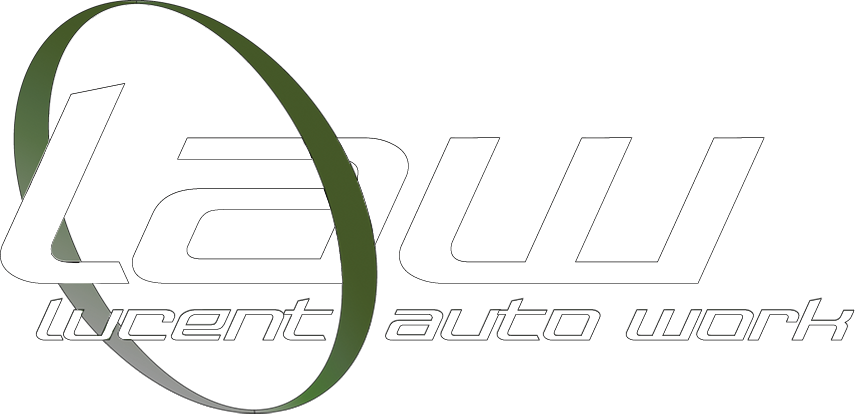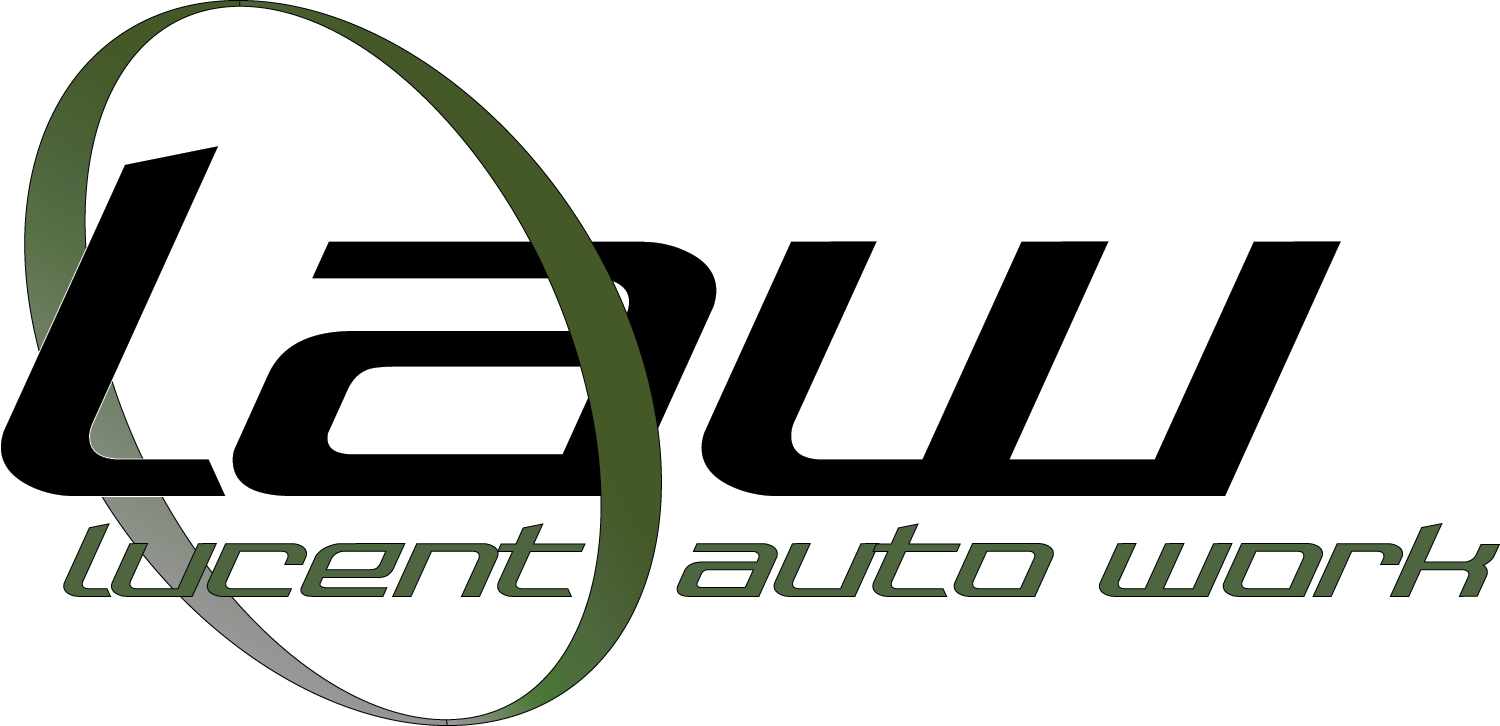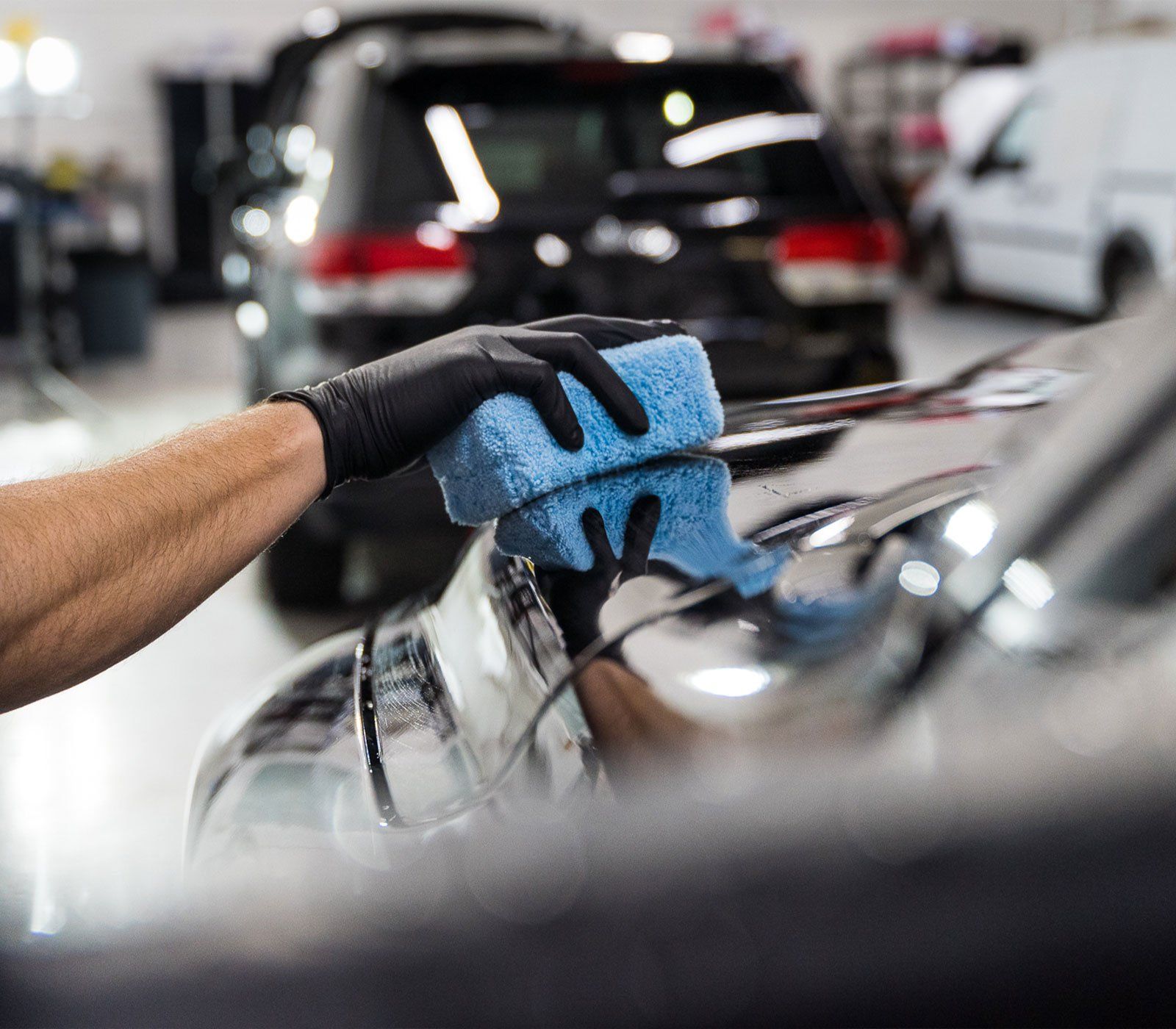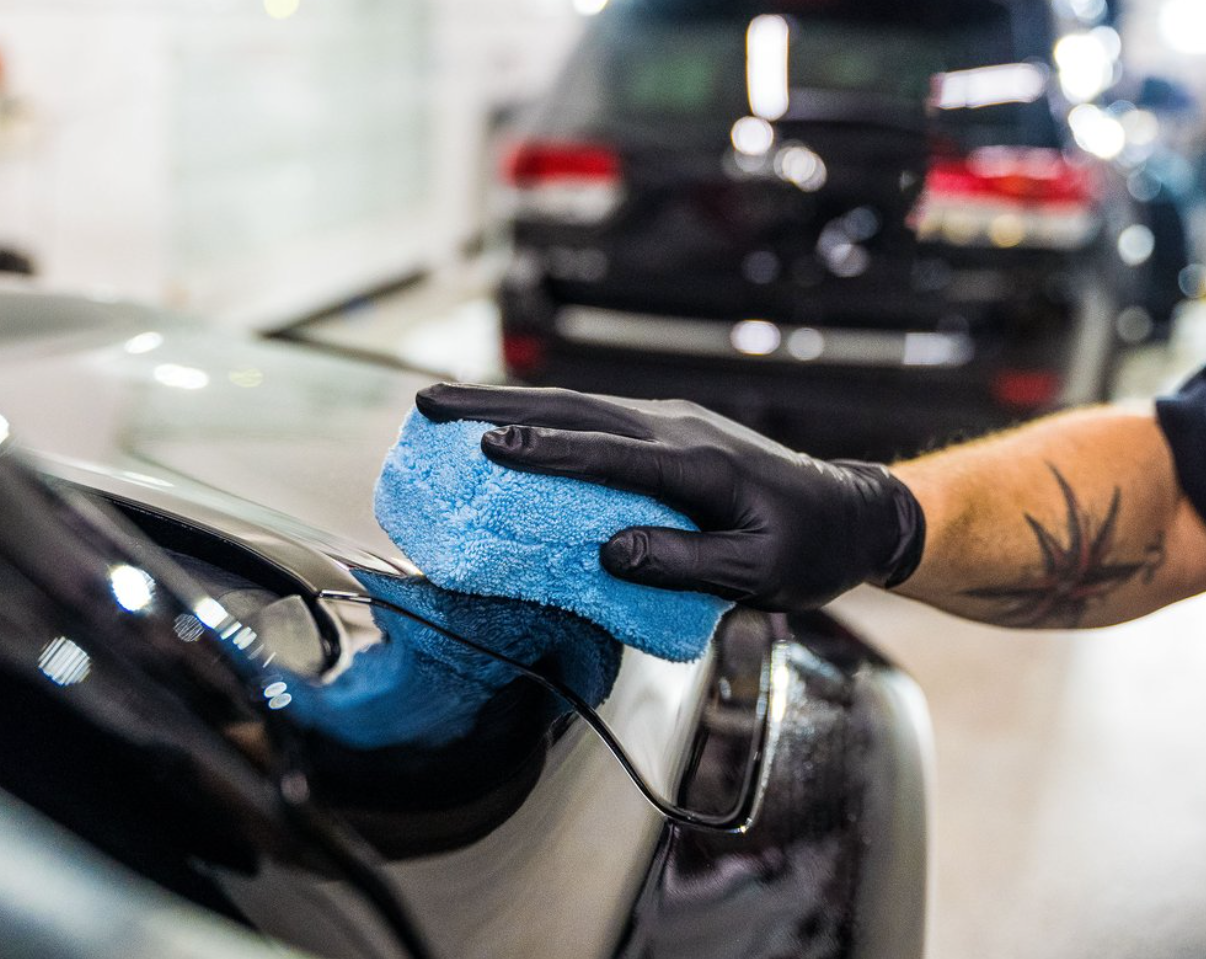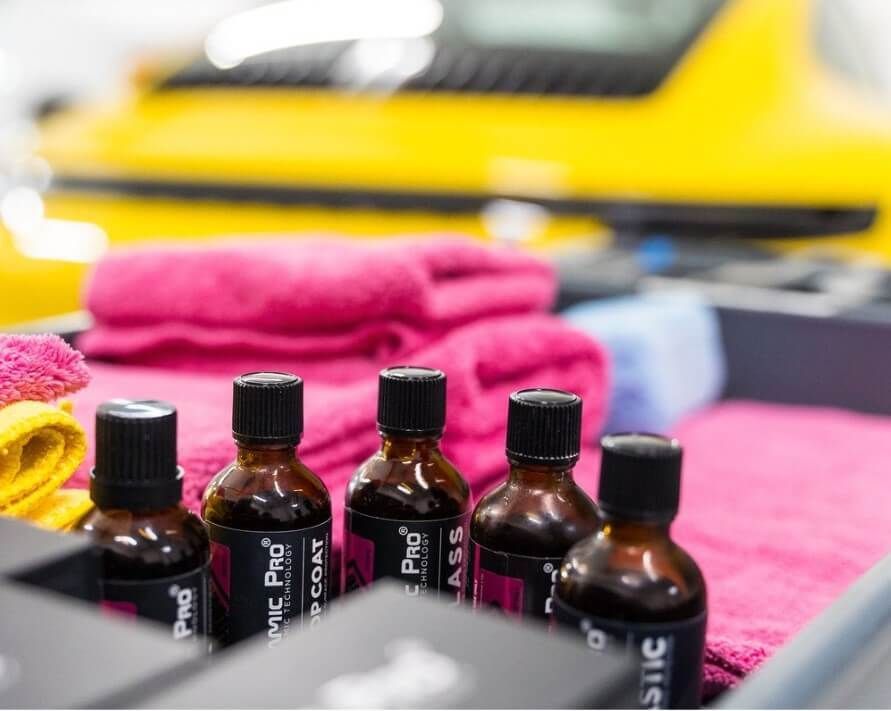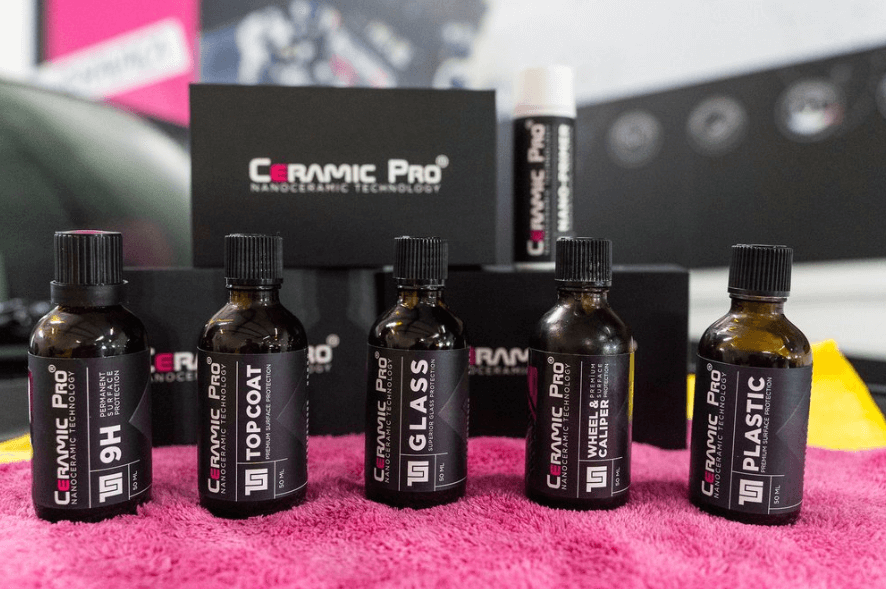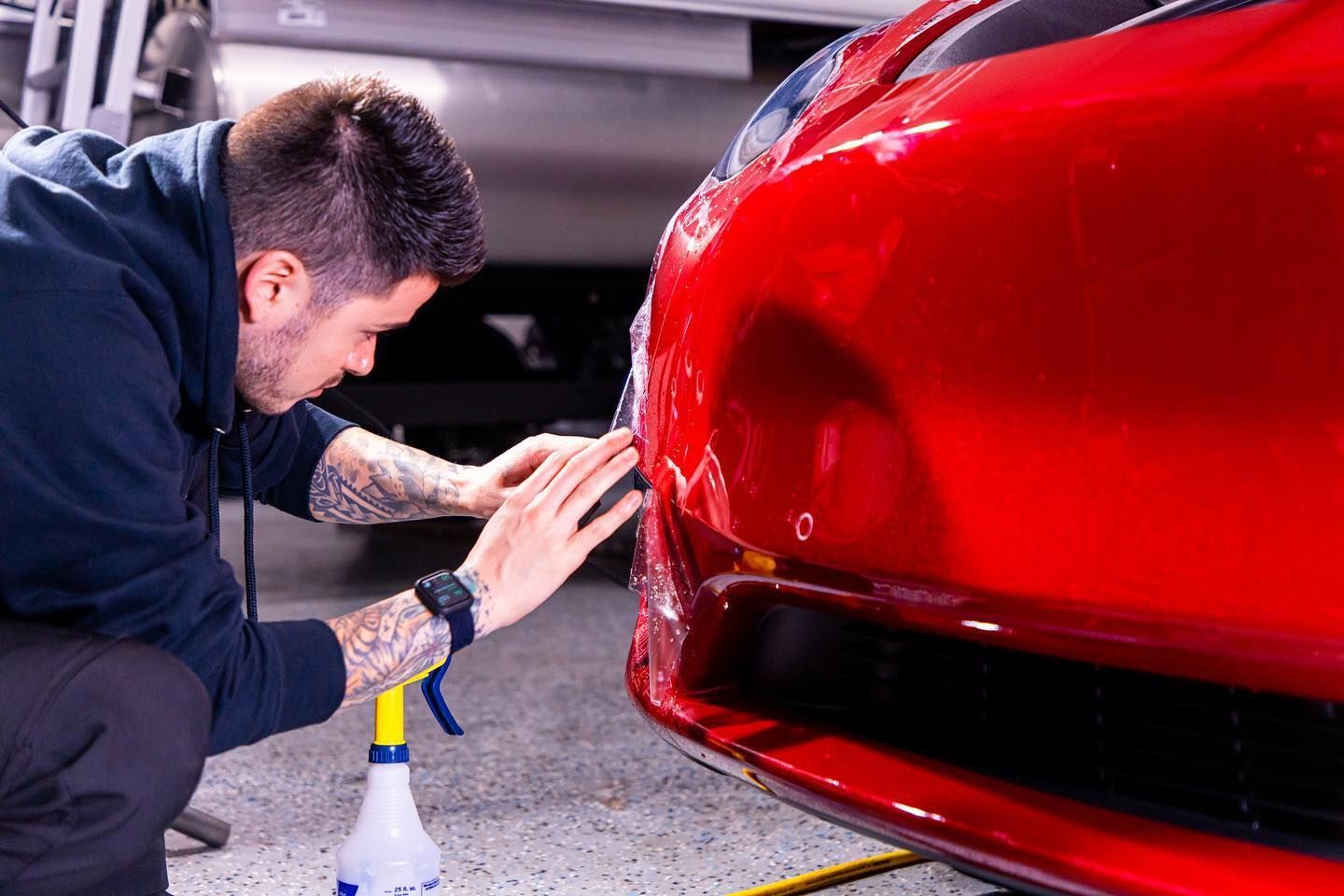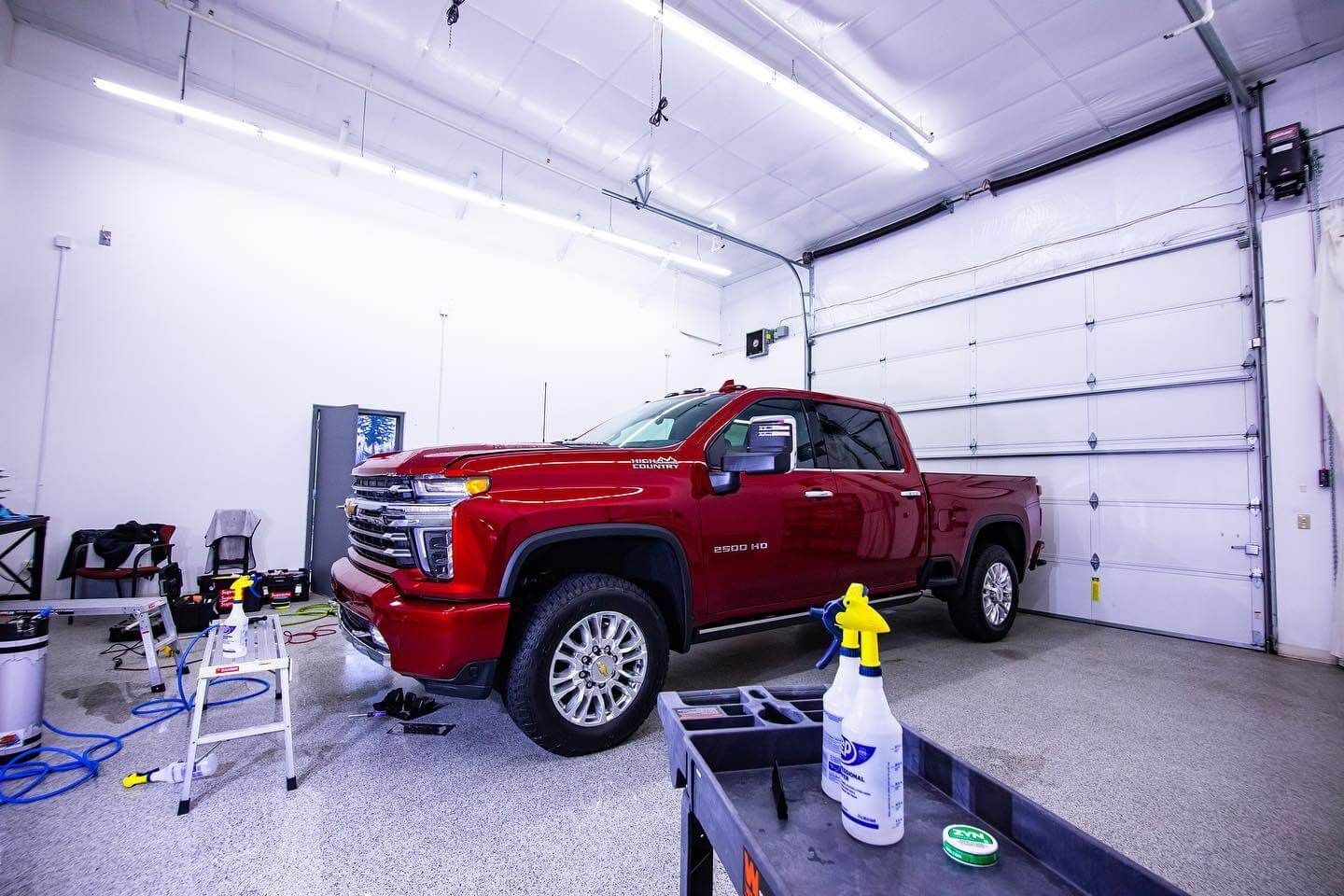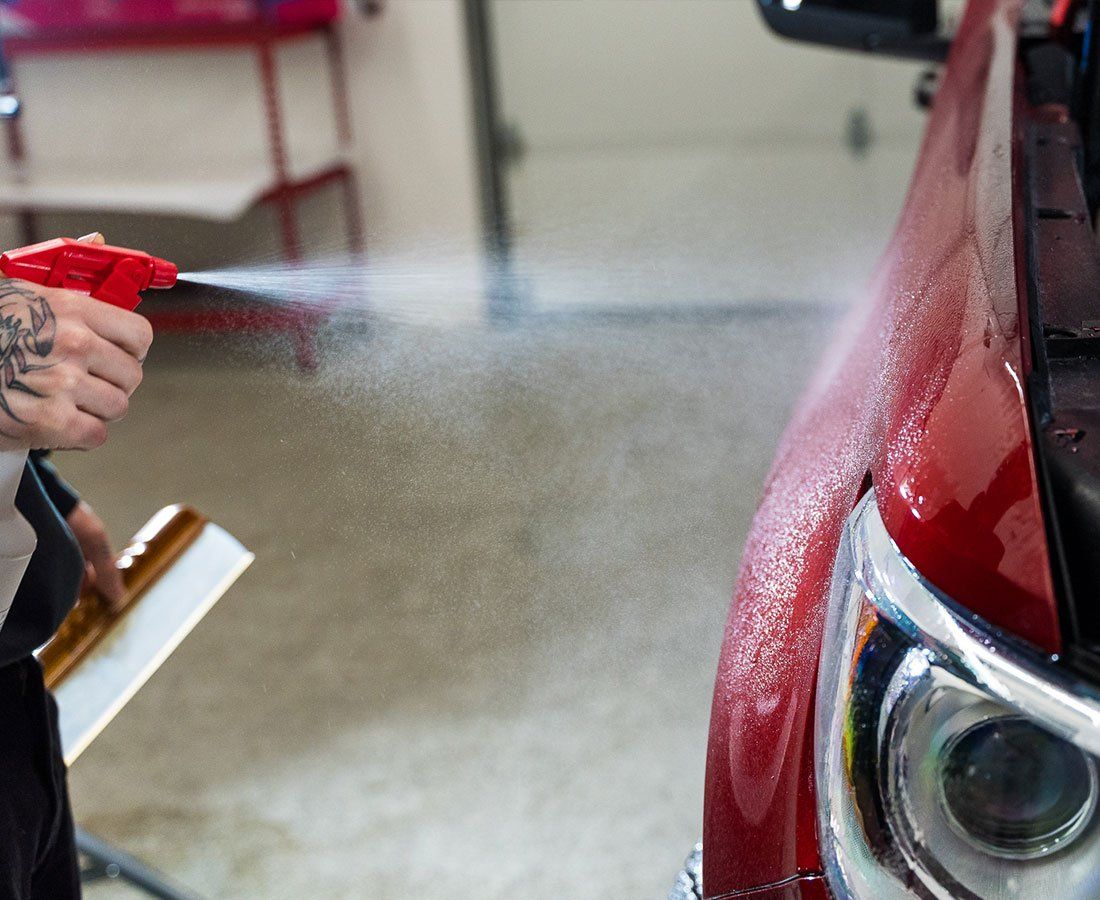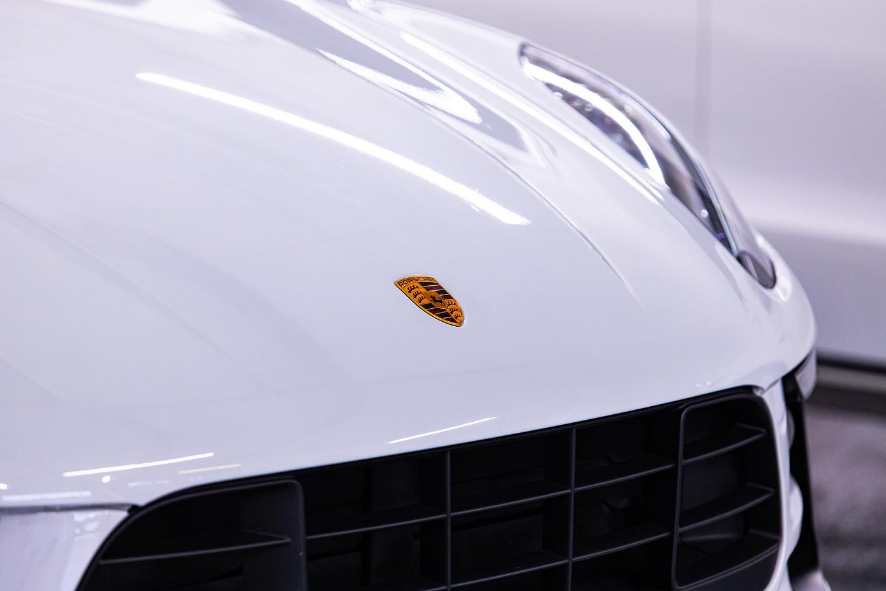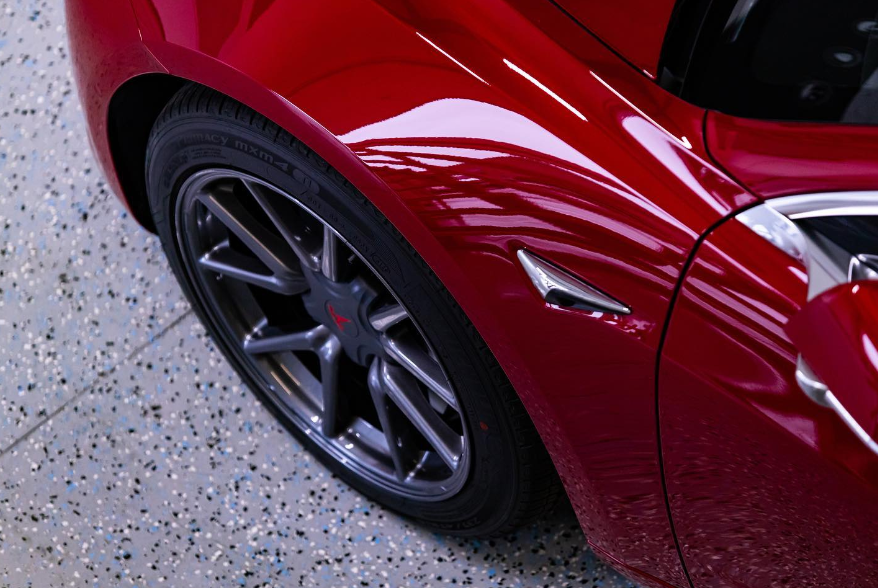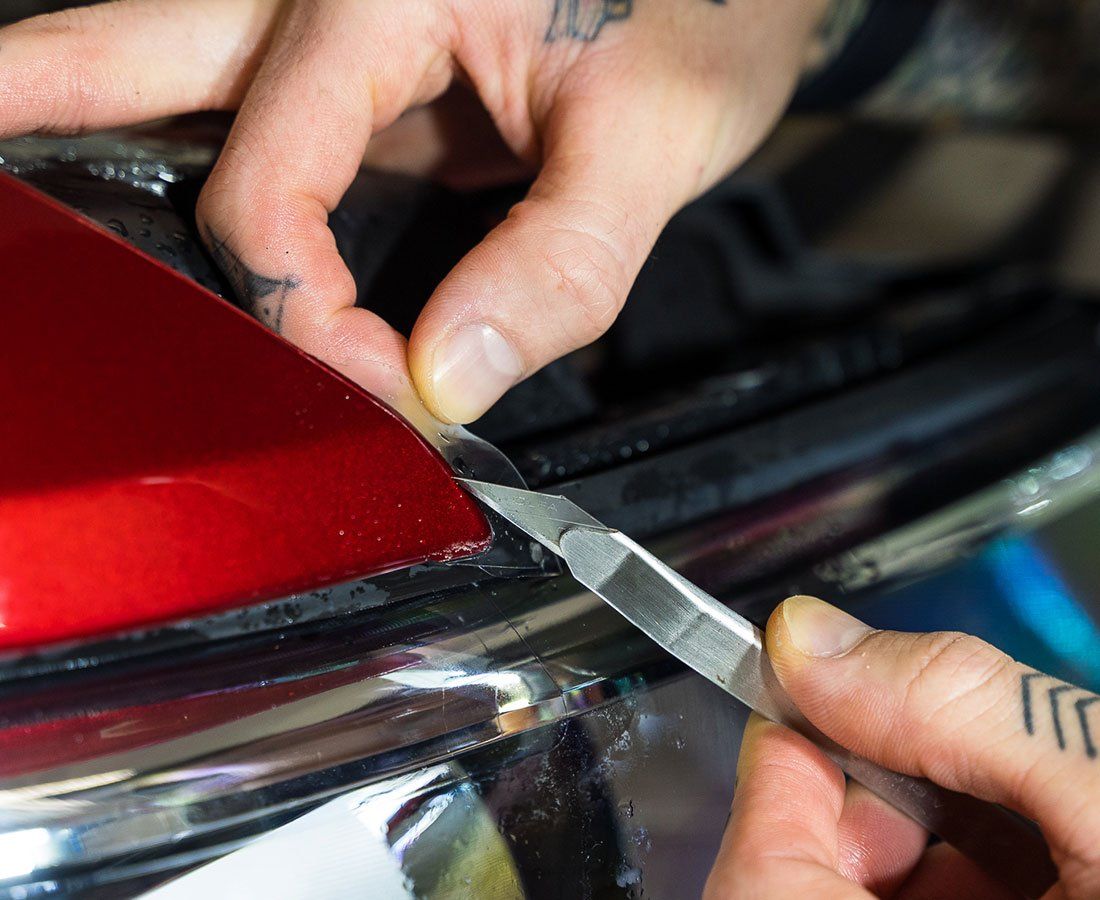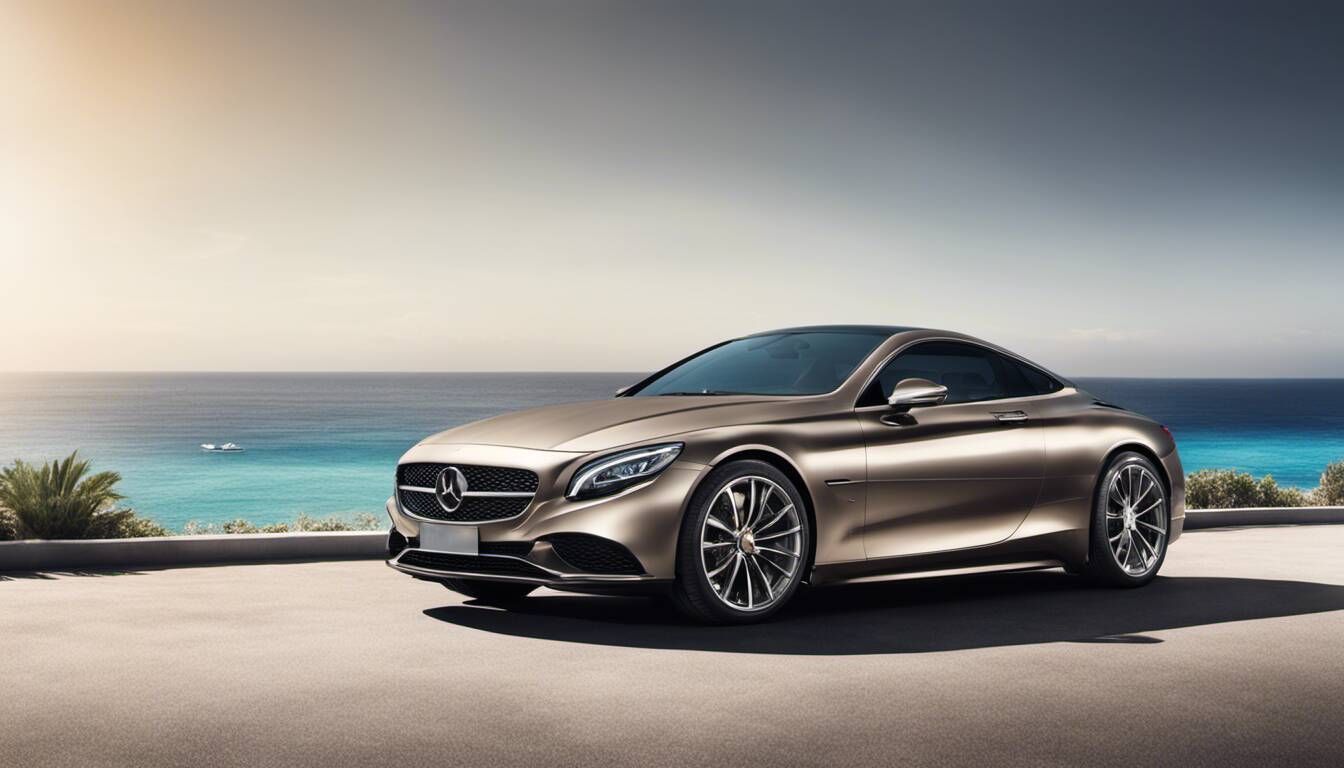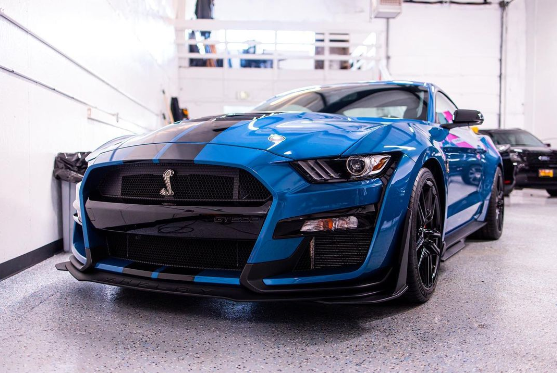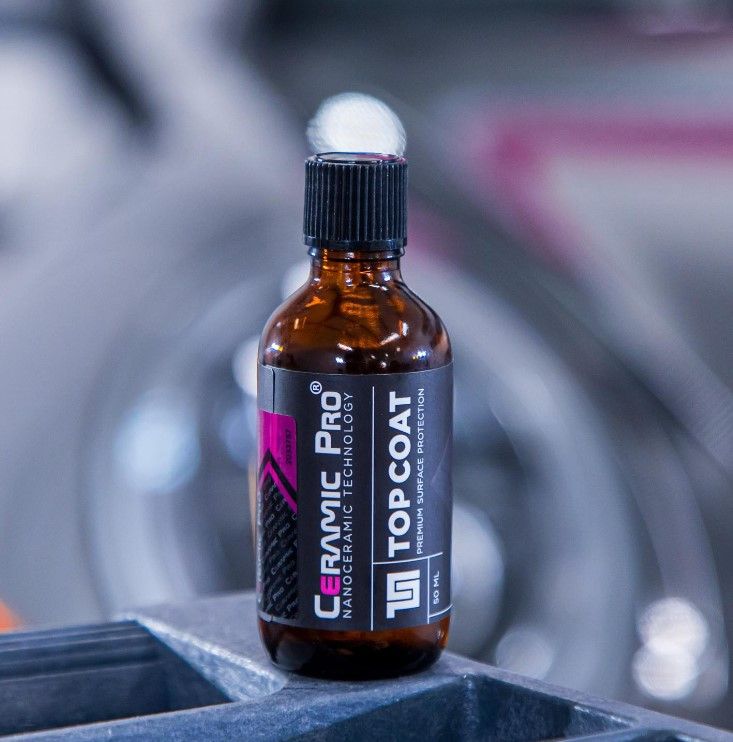Exploring the Pros and Cons: Ceramic Coating vs. Traditional Wax for Car Protection
CALL (253) 533-6776Every car enthusiast knows that maintaining your vehicle's pristine look is as crucial as what’s under the hood. It's easy to spot a well-kept ride at any car show; its sleek, shiny exterior gleams under the sunlight, drawing everyone's admiration. This meticulous care doesn't happen by accident; it requires choosing the right products for protection. When it comes to defending your car's finish, two popular choices come up: ceramic coating and traditional wax. Each has its champions and critics, making the decision tough for those committed to preserving their vehicle's shine.
Ceramic coatings offer long-lasting protection, superior durability, and better defense against environmental hazards compared to traditional wax. However, they require meticulous preparation and professional application. On the other hand, traditional wax is cost-effective upfront and can be applied at home but it requires more frequent reapplication and provides limited protection against UV rays and chemical contaminants.
Ceramic Coating vs. Traditional Wax: Key Differences
When it comes to protecting your car's exterior, ceramic coatings and traditional waxes are the go-to choices for many. This choice often boils down to weighing their key differences in composition and longevity.
Composition and Longevity
Ceramic coatings are liquid polymers that undergo a chemical bonding process with the paint, creating a robust protective layer that can last anywhere from 2 to 5 years under standard conditions. In contrast, traditional wax, encompassing natural carnauba wax or synthetic substances, provides approximately 2-3 months of protection by creating a protective layer on top of the paint. The main takeaway here is that when it comes to longevity, ceramic coatings significantly outlast traditional wax, requiring less frequent reapplication.
The chemical bonding of the ceramic coating makes it resistant to environmental hazards, shielding the vehicle's paint from damage due to UV rays and chemical contaminants, and also providing a captivating glossy finish. On the other hand, traditional wax provides limited protection against UV rays and environmental pollutants in comparison. Ceramic coatings overshadow traditional waxes in terms of protection and durability, proving to be more cost-effective in the long run due to their significantly longer lifespan. The investment in a ceramic coating upfront pays off by providing comprehensive protection for several years, whereas traditional wax demands more frequent reapplication, leading to higher maintenance costs over time.
Long-Term Durability
When it comes to protecting your car's paint job, durability is paramount. Ceramic coatings have gained popularity due to their remarkable resistance to corrosion, environmental contaminants and weathering. Enthusiasts often boast about how their ceramic-coated vehicles maintain a fresh, glossy appearance even after several years of use. The unique chemical composition of ceramic coatings creates a robust shield that stands up to environmental and chemical contaminants, making them impressively resilient. This longevity is a significant draw for many car owners who value the investment they've made in their vehicles and want protection that lasts.
Ceramic coatings can withstand high temperatures, which means they're less likely to melt or break down in hot climates. This is in stark contrast to conventional waxes, which struggle in hot environments and leave your car vulnerable to heat-related damage. Imagine your car sitting out in the sun on a scorching summer day. The UV rays are beating down on it, but with a ceramic coating, your vehicle's paint remains shielded from the harmful effects of the sun. On the other hand, traditional waxes have their drawbacks. They are more prone to melting in high temperatures, washing away in rain, and wearing off due to regular car washing. This means you'd need to reapply wax more frequently compared to ceramic coatings, which can be costly and time-consuming.
Protection Against Environmental Factors
We're all aware of the various environmental hazards our cars face on a daily basis. From the maniacal UV rays of the sun to bird droppings and tree sap that appear out of nowhere, our vehicles need to stand up against some tough adversaries. Ceramic coatings are like a shield for your car's paintwork. They excel at fending off UV rays, chemical contaminants, bird droppings, and tree sap. This is because they create a strong, glass-like layer that repels water and prevents these contaminants from bonding to the car's surface.
For instance, when bird droppings land on your car, the protective layer from a ceramic coating makes it less likely for the acid in the bird droppings to immediately start damaging your paint. This level of protection cannot be achieved with traditional wax alone. While wax offers some degree of protection, it pales in comparison to ceramic coatings. For example, wax is not as effective in shielding against UV rays, ultimately leading to potential paint fading over time, especially in sunny climates. It's like comparing a flimsy umbrella to a sturdy raincoat—both might keep you dry, but one offers far more comprehensive protection.
Moreover, the hydrophobic nature of ceramic coatings can't be overstated. This feature significantly reduces the impact of water and moisture on your car's surface, lowering the possibility of water spots causing damage and preventing corrosion over time. It's clear that when it comes to shielding your car from environmental factors, ceramic coatings take the crown, providing an all-round defense against UV rays, chemical substances, and other common contaminants that pose a threat to your vehicle's finish.
Application Process and Requirements
When it comes to applying a ceramic coating, it's not simply a wipe-on, wipe-off job. Professional preparation and application are necessary. This includes thorough washing, paint correction, and layering the coating. The process can take several hours to a full day, depending on the size of the vehicle and the condition of the paint.
Meticulous washing is crucial before applying a ceramic coating. This involves thoroughly cleaning the car with special soaps that remove any dirt, grease, or previous wax or sealant residues. After washing, paint correction work may be necessary to remove scratches, swirl marks, and other imperfections from the paint surface, ensuring a smooth finish for the coating to adhere to. These preparation steps are time-consuming and require skill and attention to detail. For this reason, many car owners opt to have ceramic coatings applied by certified professionals who have the experience and tools needed to ensure a proper and durable application.
The investment in ceramic coating tools and equipment is also significant for casual car owners who only plan to use them once every few years when reapplying the coating. On the other hand, traditional wax can be applied at home using simple tools: a clean cloth, an applicator pad, and a buffing towel. The waxing process can be completed in less than an hour, making it more accessible for casual car owners who want to maintain their vehicle without much hassle or expense.
The choice between ceramic coating and traditional wax becomes evident when considering the level of effort, time, and expertise required for each application method. Both options offer distinct advantages based on individual needs and preferences.
Cost Comparison Over Time
When it comes to protecting your car's paint, the cost is a major consideration. Let's break down the cost of ceramic coatings and traditional wax over time to understand which one truly provides better value for your investment.
Ceramic coatings have a reputation for their high upfront costs, often ranging from $500 to several thousand dollars, depending on the level of protection desired and the service provider. It might seem steep at first, but considering their longevity, they offer a more cost-effective solution in the long run. With a lifespan ranging from 2 to 5 years, the need for reapplication is greatly reduced, making them a worthwhile investment for those seeking long-term protection.
On the other hand, traditional wax comes with a significantly lower initial cost, sometimes as low as $15 to $50 per product. However, the trade-off lies in its frequent reapplication requirement. While wax initially seems budget-friendly, its protective qualities diminish over time, necessitating monthly reapplications to maintain its effectiveness. As time passes, these cumulative costs can surpass the one-time investment in ceramic coatings, making wax less cost-effective in the long term.
To put it simply, while ceramic coatings require a higher initial investment, their durability and longevity reduce the frequency of reapplication. In contrast, traditional wax, despite its lower upfront cost, demands regular maintenance with monthly reapplications. Over several years, the cost of purchasing wax and regularly applying it can surpass the one-time expense of ceramic coating application. When considering car protection options, it's important to weigh not just the immediate costs but also the long-term savings and benefits. Ceramic coatings may demand more at first but they provide lasting value over time when compared to traditional wax.
Visual and Aesthetic Benefits
The glossy, shiny appearance of a car is often the first thing that catches our eye. It's what makes a car look new and well-cared for. When it comes to maintaining that gleaming finish for the long haul, both ceramic coatings and traditional wax have something to offer—but they differ significantly in their approach.
- Ceramic Coating: A mirror-like shine is what draws many car owners to ceramic coatings. This specialized coating not only enhances the paint, making it deeper and richer, but also maintains this appearance over time with minimal effort required for cleaning and upkeep. A ceramic coating keeps your car looking freshly waxed for years!
- Traditional Wax: On the other hand, traditional car wax also provides a notable shine and depth to the paint, giving your vehicle that coveted glossy finish. However, this effect diminishes quickly as the wax wears off, leading to frequent reapplications for sustained results. Consider traditional wax as providing a bright spark that fades over time compared to the everlasting flame of a ceramic coating.
Enthusiasts often choose ceramic coatings for that long-lasting showroom finish that requires less maintenance. The impressive part about ceramic coating is that this level of shine and depth holds up even against environmental hazards, meaning you'll spend less time scrubbing away at contaminants like bird droppings or road tar. This all adds up to a captivating glossy finish that looks like it came straight off the showroom floor.
By evaluating these distinct visual effects, it's apparent how ceramic coatings offer an enduring glossy finish that trumps traditional wax in terms of extended shine and reduced maintenance. When it comes to preserving your vehicle's visual appeal, the choice between ceramic coating and traditional wax is not just about immediate glossiness; it's about long-term radiance with minimal hassle. Choose wisely for a lasting and lustrous sheen.
Exceptional Ceramic Coating Services in Tacoma, WA
Seeking outstanding ceramic coating services in Tacoma, WA? Lucent Auto Work is your trusted expert for superior ceramic coatings that offer unmatched protection and shine for your vehicle. Our experienced technicians use the latest techniques and highest-quality products to safeguard your car from UV rays, stains, and environmental contaminants, ensuring it remains in pristine condition. With our dedication to excellence and customer satisfaction, you can rely on Lucent Auto Work to provide top-tier care for your vehicle. Schedule your appointment today and experience the exceptional protection your car deserves! Call us at (253) 533-6776 to get started!
